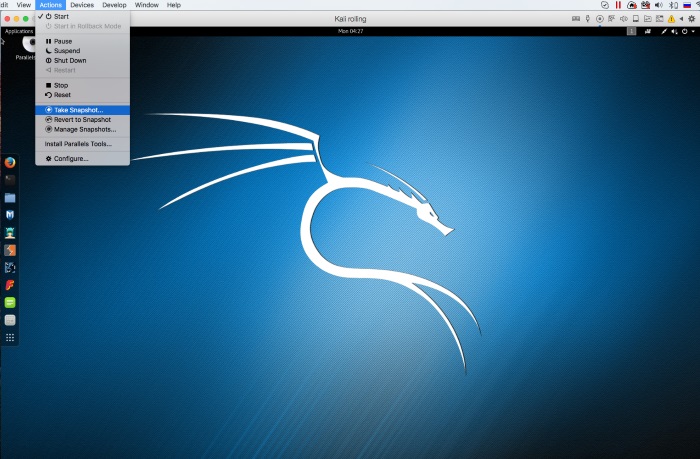

- #Linux parallels m1 drivers
- #Linux parallels m1 driver
- #Linux parallels m1 code
- #Linux parallels m1 mac
In your case you could just do $ GOOS=linux GOARCH=amd64 go buildĪnd it will produce an executable image file ready for linux/amd64, and when processing the source code, the compiler will use the definitions for the target platform, not the platform it's running on. With Go, it's done by making the toolchain see explicit settings for the GOOS and/or GOARCH environment variables-different from the assumed defaults. So, if your issue is merely building for linux/amd64 while working on darwin/arm64, the answer is cross-compilation. Its "version" for darwin/arm64 simply cannot contain the symbol IP_TRANSPARENT because the darwin kernel does not "know" about it.
#Linux parallels m1 code

#Linux parallels m1 mac
But today's announcement is another signal that virtualization and cloud computing are the way forward for people who need to run Windows apps on their Mac if you're still hoping for an Apple Silicon version of Boot Camp, it's time to start moving on.I'm not sure what's the essense of the question. We've asked Microsoft if it has anything new to share about running Windows directly on Apple Silicon Mac hardware and the company says it has "nothing further to share" on that front.
#Linux parallels m1 drivers
That wouldn't be the case for Apple Silicon Macs, and there's really no good reason why Apple would spend the time and resources to develop and maintain alternate graphics, networking, and chipset drivers just so a handful of users could run a competitor's operating system. But because Intel Macs were mostly just PCs under the hood, the company could rely on Intel, AMD, Nvidia, Broadcom, and other companies to actually provide drivers for most of the important components.
#Linux parallels m1 driver
To run a fully functional copy of Windows on Apple Silicon Macs, someone would need to re-create this driver work for Windows, too.Īpple provided some Windows drivers for Intel Macs for components like its mice and trackpads. They have explicitly developed the ability to securely run third-party OSes and bootloaders on these machines, and left the rest to us." "We do not have any expectations of direct support, documentation, or additional development effort from them, nor do we expect them to attempt to hinder third-party OSes in any deliberate way. "Apple's approach to third-party OSes is essentially 'have fun,'" explains the Asahi Linux Introduction to Apple Silicon.

Further Reading Four-person dev team gets Apple’s M-series GPU working in Linux


 0 kommentar(er)
0 kommentar(er)
